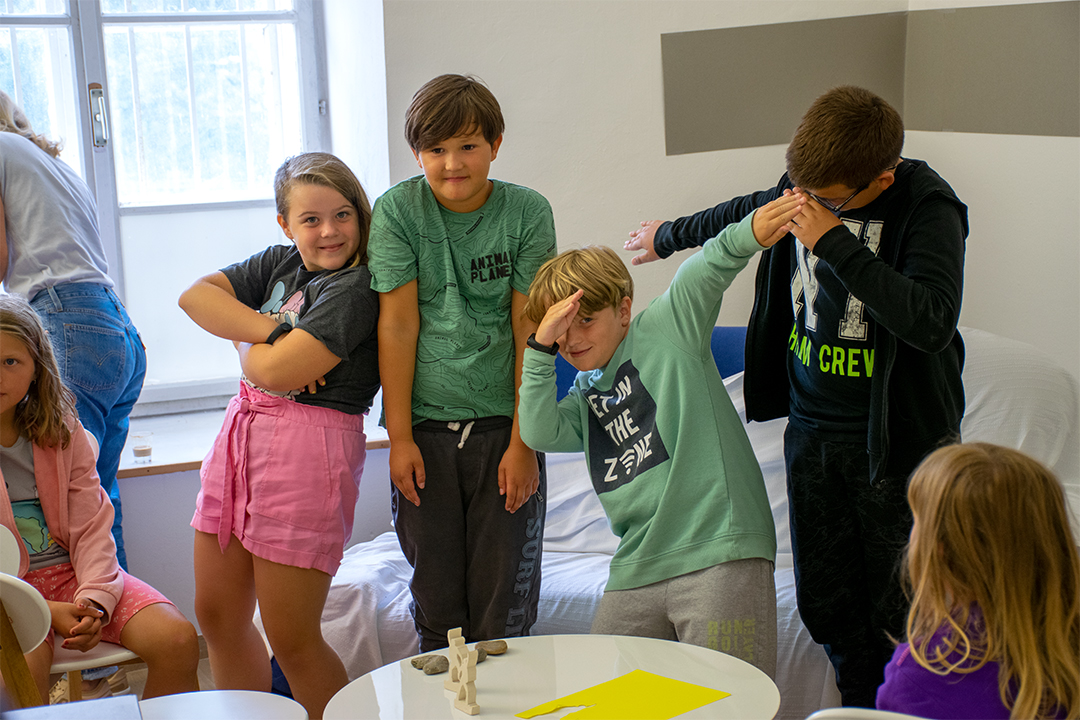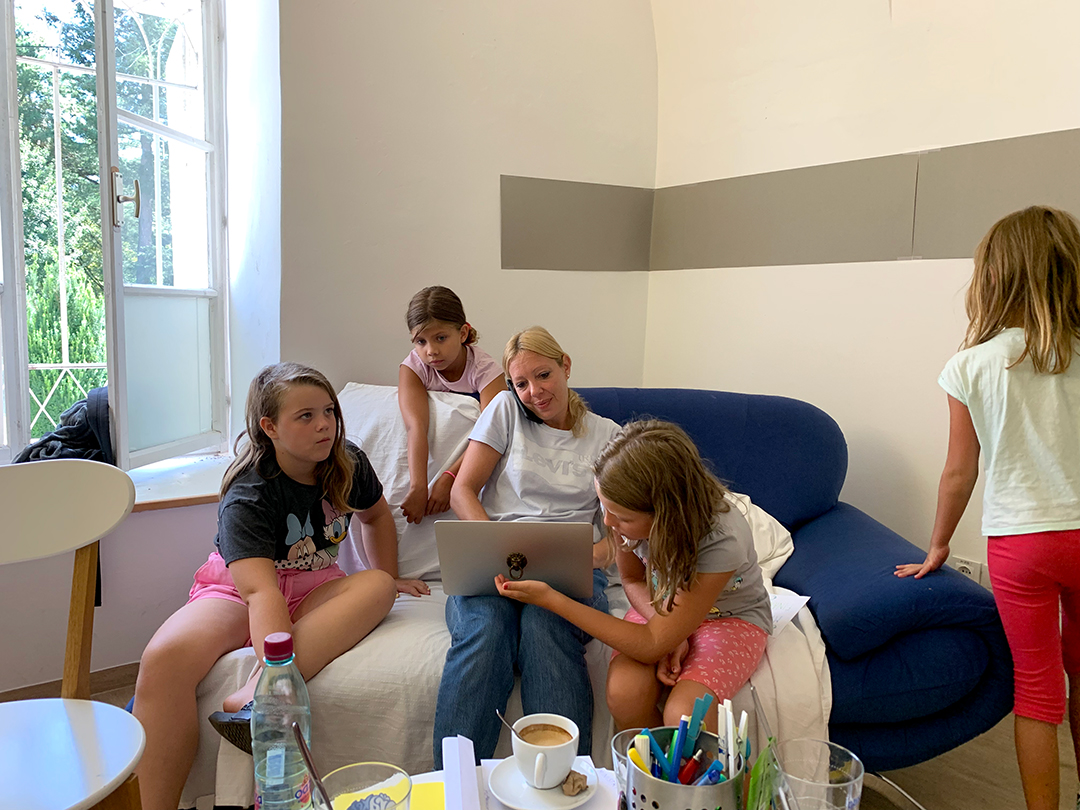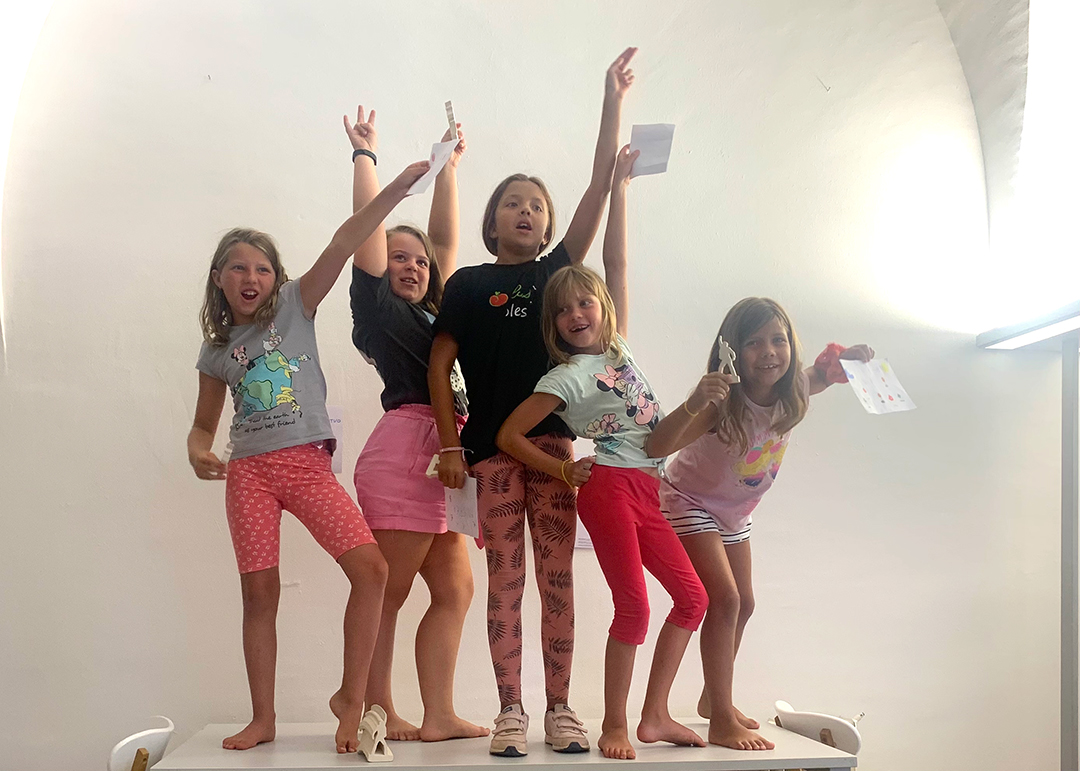Design the Future
The work with children is always guided by several stages which serve the main guiding principles:
1) open discussion about the city life;
2) defining themes and grouping into ministries, asking “what if?” questions about the future;
3) sketching a new city system of living, prototyping, and building the new city plan;
4) presenting the results to the public (school teachers, parents/families, friends) inspiring them to rethink their relationship to today’s reality.
STEP 1 RESEARCH
Drive a conversation about city life. What’s in the city that children love, admire, hate or dislike. Try to encourage everyone to compete for local information; myths, legends, tall tales.
Here are some questions that can support the process:
Take us to your favorite place in the city and tell us the story about it.
What’s the most romantic part of the city and tell us why?
What’s the ugliest part of the city and tell us why?
What’s the most important businesses in the city?
What’s the most important city law?
What is it that you would like to change in a city?
If you were going to build one new building, what would it be and where would you build it?
If you were going to invent a new city business, what would it be and why?
If you were going to change the city laws, what would it be and how would you change it?
Duration: 2 hours
STEP 2 CO-CREATING VISIONS
Based on the 1st session, define themes and group children into Ministries. i.e: Ministry of Law, Ministry of Building, Ministry of Dreams, Ministry of Love, Ministry of Entertainment, Ministry of Education, Ministry for Pets.
Each Ministry is a group of 4 to max 8 children. Give them all the Minister’s role and empower them to envison a new temathic future. i.e. new city transport systems, new laws and/or economic systems, new buildings, new products, asking “What if?!’ about the future. Let them think and explain how the citizens interact with a new design object and/or system. Each Ministry needs to provide a thematic solution for the future.
Duration: 2h
STEP 3 PROTOTYPE VISIONS
Give children cardboard, paper, colors, glue, clay, or any material on disposal that can serve good enough to realize their visions in a 3D form. Empower “Ministers” to make mock-ups of their visions.
The process results in a collection of stories, pictures, sketches and plans, turned into 3D structures and models creating a novel alternative city plan that in the future has the possibility to ‘ripple’ from speculative futures into possible realities.
Duration: 4 hours
STEP 5 EXHIBIT & DISCUSS
Present the newly created city plan to the public (school teachers, parents/families, friends) inspiring them to rethink their relationship to today’s reality.
Open the discussion with the broader public to further develop proposals for the future. Inspire the local community to move away from an inherited passive attitude based on nostalgia and turn towards a new, active vision for the future. Identify proposals that have the potential to turn from a speculative future into a possible reality.
Photo credits: Matt Ward, Žan Bedenik










